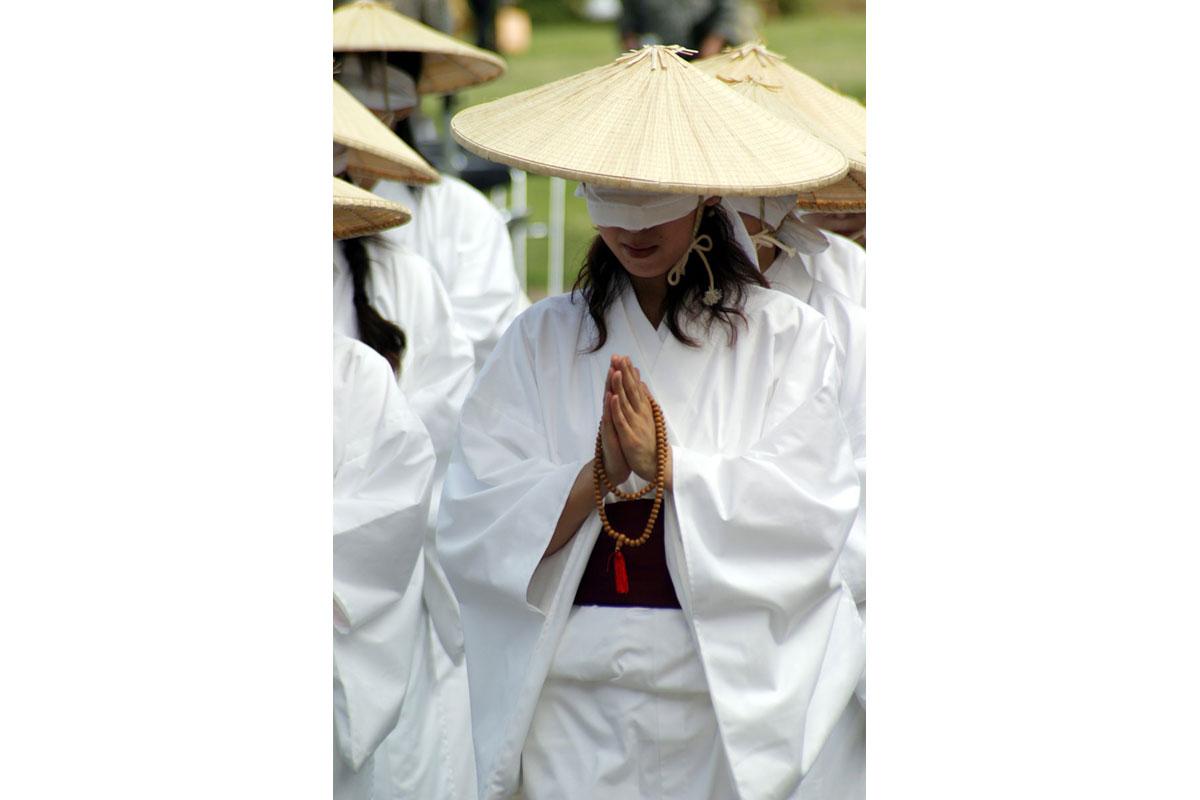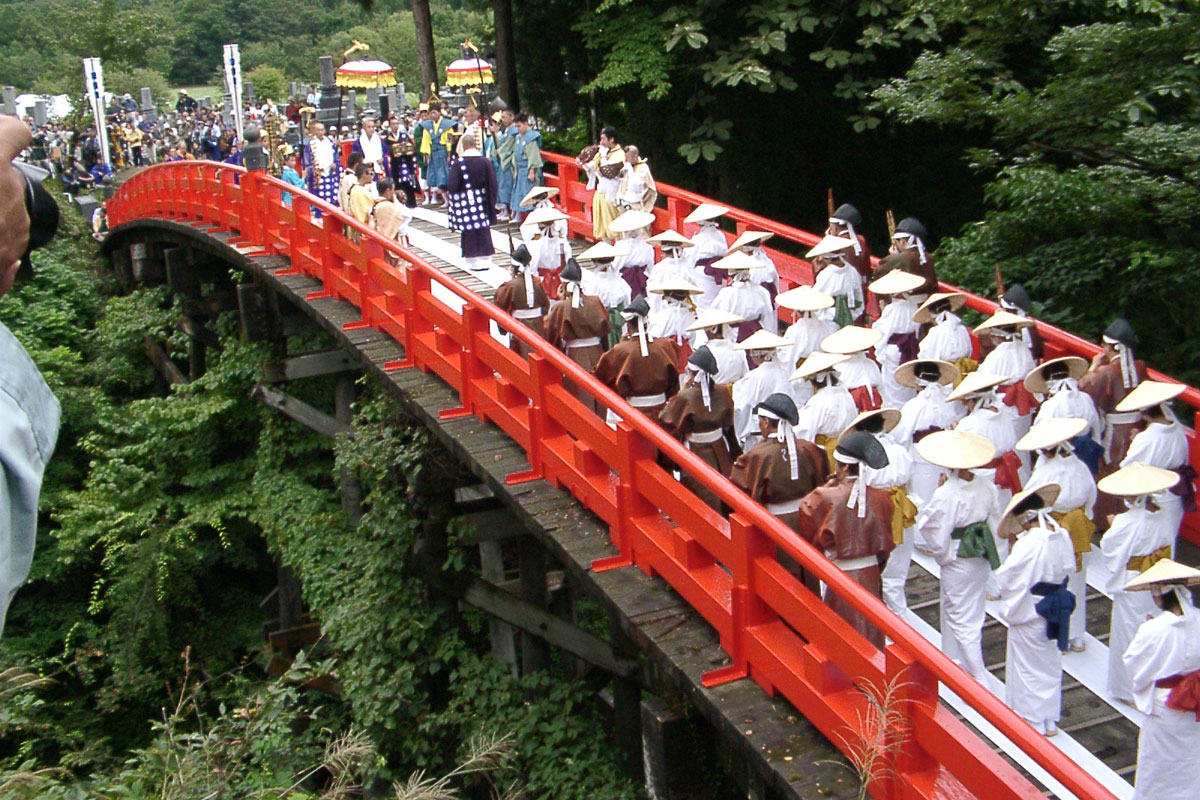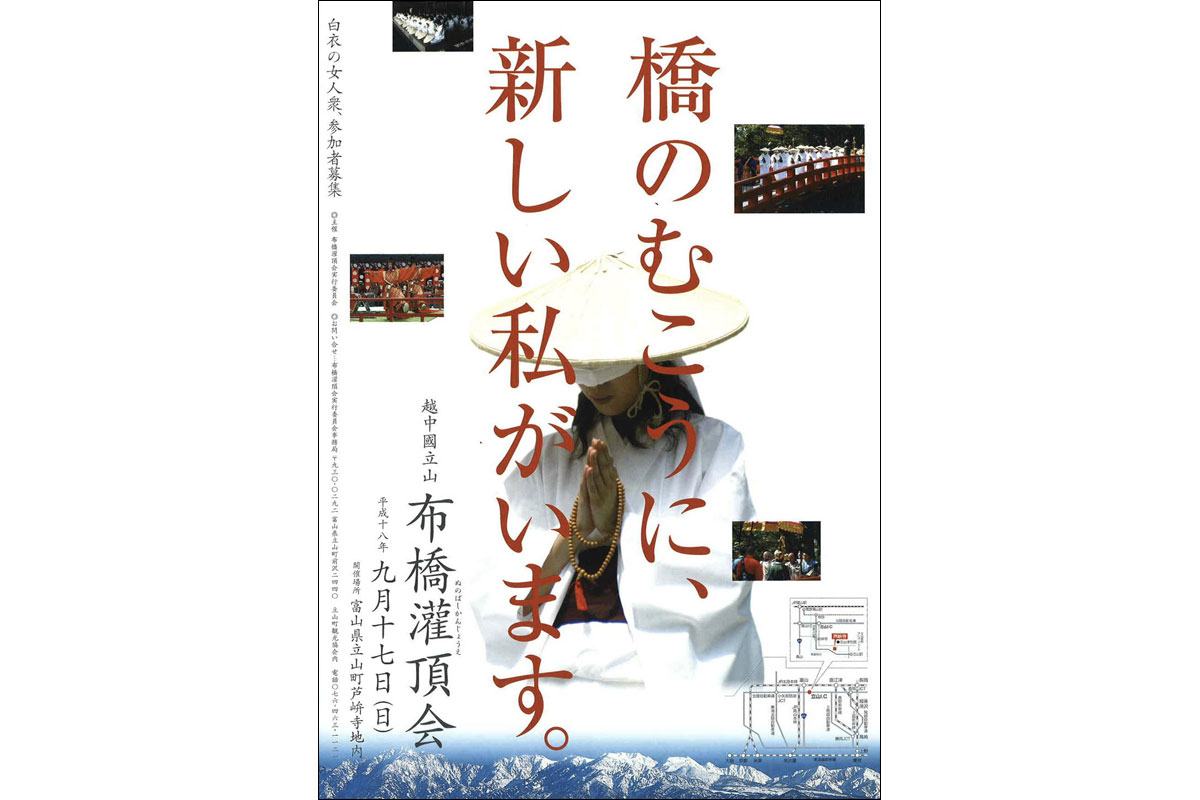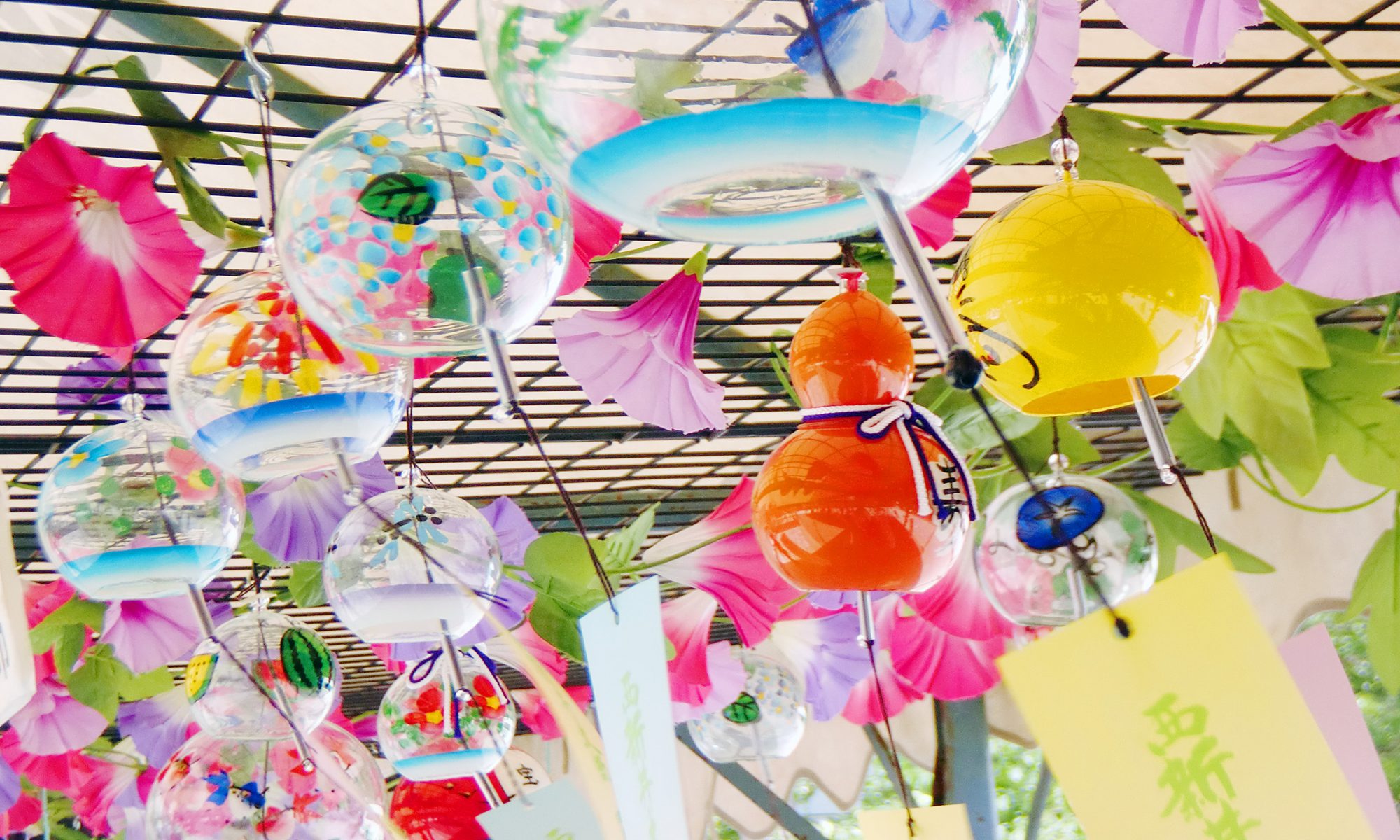[Last updated: September 28, 2022]
Today, we put the spotlight on one of Japan’s most unique events: the Nunobashi Kanjo-e. Held in the town of Tateyama in Toyama prefecture, it features a traditional ritual in which women cross a bridge to rid themselves of worry and misfortune and find themselves anew.
★The ceremony was held without spectators on September 25, 2022.

Relive the Spiritual Tradition of the Edo Period in the Modern Day!
Tateyama (or Mount Tate) has long been considered one of Japan’s holiest mountains, with a unique spiritualism (see the paragraph below) sprouting up around it. A legend from the Edo period (1603-1868) stated that climbing the peak would lead one to paradise, but tradition at the time declared it forbidden to women, for whom it was said to be a path to hell. And so a ritual was devised to allow women to reach the Pure Land without climbing the mountain—this was the Nunobashi Kanjo-e. It was later abolished as part of the anti-Buddhist movement of the Meiji Period (1868-1912).
After a 136-year hiatus, the ritual was revived in 1996, and since 2005 has been held regularly once every three years. Women looking to experience Edo period spiritualism—and clear their mind of worries in the process—can apply in advance to participate. Needless to say, women of all ages, nationalities, and religions are welcome. (You will, however, need to be able to understand Japanese, as there are no English-speaking staff members at the event.)

A Bridge to a New You!
Participants—referred to collectively as the nyonin-shu—begin their spiritual journey the day prior to the ritual. They spend the night at Mount Tate, purifying their bodies and taking part in a Buddhist confession. On the day of the event, they change into a burial shroud (shini-shozoku) and walk across the Nunobashi bridge, made to resemble the bridge over the Sanzu River (the River of Three Crossings, and the Japanese equivalent of the River Styx). The Nunobashi bridge is made from 108 blocks, representing the 108 defilements (or “earthly temptations”) that must be avoided to reach the Buddhist nirvana. The two sides of the bridge represent this world and the afterlife—traditionally, it was believed that women who safely crossed it would be able to reach the Pure Land (paradise) after they passed. A Buddhist high priest guides the women across the bridge, accompanied by a performance of Japanese gagaku (Imperial court music). We could feel our minds and bodies being purified just looking on and listening. The women and girls cross the lacquered bridge to the other world and recite a Buddhist chant. They cross the bridge once more and return to the world anew, symbolizing death and rebirth.

Make the Journey for Yourself
Care to experience this unique event for yourself in all its awe-inspiring beauty and mystery? The ritual is held once every three years, with this year’s event set for September 24, 2017. Those interested in participating can apply from June of this year.
Applicants must be female, and be willing to cross the bridge on their own.
In the event that applications exceed the maximum capacity, participants will be chosen by lottery.
The participation fee is 20,000 yen, which includes a rental fee for the burial shroud.
(*Participants are asked to provide their own tabi socks and prayer beads.)

★Come One, Come All!
Not interested in (or qualified to) join the group of women being reborn, , but still fascinated by the idea of seeing this ethereal ritual in person? You’re more than welcome to look on free of charge (seats are available for your leisure), or even to cross the bridge in your own clothes after the main event is over.
Crossing the bridge requires a separate fee of 2000 yen.
Needless to say, this is a fascinating experience for all, regardless of their own religious beliefs. Couples, families, friends, hikers and mountain climbers, people with an interest in local history—all are sure to find something in this unique spiritual experience from Japan’s past.
★The ceremony was held without spectators on September 25, 2022.
Tateyama Town Tourism Association 富山県立山町観光協会
TEL:076-462-9971
mail:tateyamakk@hyper.ocn.ne.jp
URL:https://yukutabi-tateyama.jp/
★Inquiries are available in English.
A Deeper Look: Shinto, Buddhism and Religion in Japan
Many have the impression that the Japanese are a non-religious people, but this isn’t necessarily the case. Though the vast majority of Japanese do not belong to any specific religious organization or attend regular religious services, many major Japanese ceremonies and life events (coming-of-age ceremonies, wedding ceremonies, funerals, and memorial services) are deeply tied to religion. The Japanese belief system does not have a monotheistic god, but rather multitudinous kami—deities that reside in all things. Many Japanese also believe in reincarnation and the idea of past lives, and many Japanese homes contain both Shinto and Buddhist altars. In this way, the traditional animistic tradition of Shinto and Japanized Buddhism have melded together to form a single belief system—a phenomenon known in Japanese as shinbutsu-shugo (syncretization of kami and Buddhas). As a culture, Japan is also very open to the religious beliefs of other countries and cultures—you will often see weddings held in Christian-style chapels. Freedom of religion is protected by the Japanese constitution, and religious persecution is nearly nonexistent. (On the flip side of this, dodgy cults newly formed religions known for aggressively recruiting new believers have found an audience in Japan.)
A Deeper Look: Tateyama Spiritualism
Tateyama spiritualism is a blend of Shinto and Buddhism. From times of old, the people living in this area worshipped from afar the mountains, which they believed to be the homes of the gods, or even gods themselves. They prayed strongly to be admitted to paradise, and believed that committing evil acts would condemn them to an afterlife in hell. They also believed in a form of shugendo (lit. “path of training”)—and would retreat to the mountains and submit themselves to harsh physical training and discipline in hopes of achieving enlightenment. In this belief system, the traditional sacred mountains of Japan have been adopted into a form of Buddhism. These ascetics (known as shugensha or yamabushi in Japanese) were known for their strikingly colorful attire, the same depicted as being worn by the tengu of Japanese legend. The close ties between mountains and Japanese spiritualism can be seen throughout history.
Linguistic Note: When a “Festival” Isn’t All Fun and Games
The Japanese word matsuri is almost universally translated as “festival,” but they actually come in many forms, with some closer to what one might describe as a “ritual” or “function.” While many matsuri are full of mirth and merrymaking, you’ll also find solemn, silent events and wild, intense ones—why not travel around Japan and see them all?

▲This 2006 poster reads, “On the other side of the bridge awaits a new me.”
*This article was originally posted on March 13, 2015.
Translation: Jon Machida
▲[立山布橋灌頂会 Nunobashi Kanjoe Purification Ceremony on Holy Mt.Tateyama](sound comes out)

